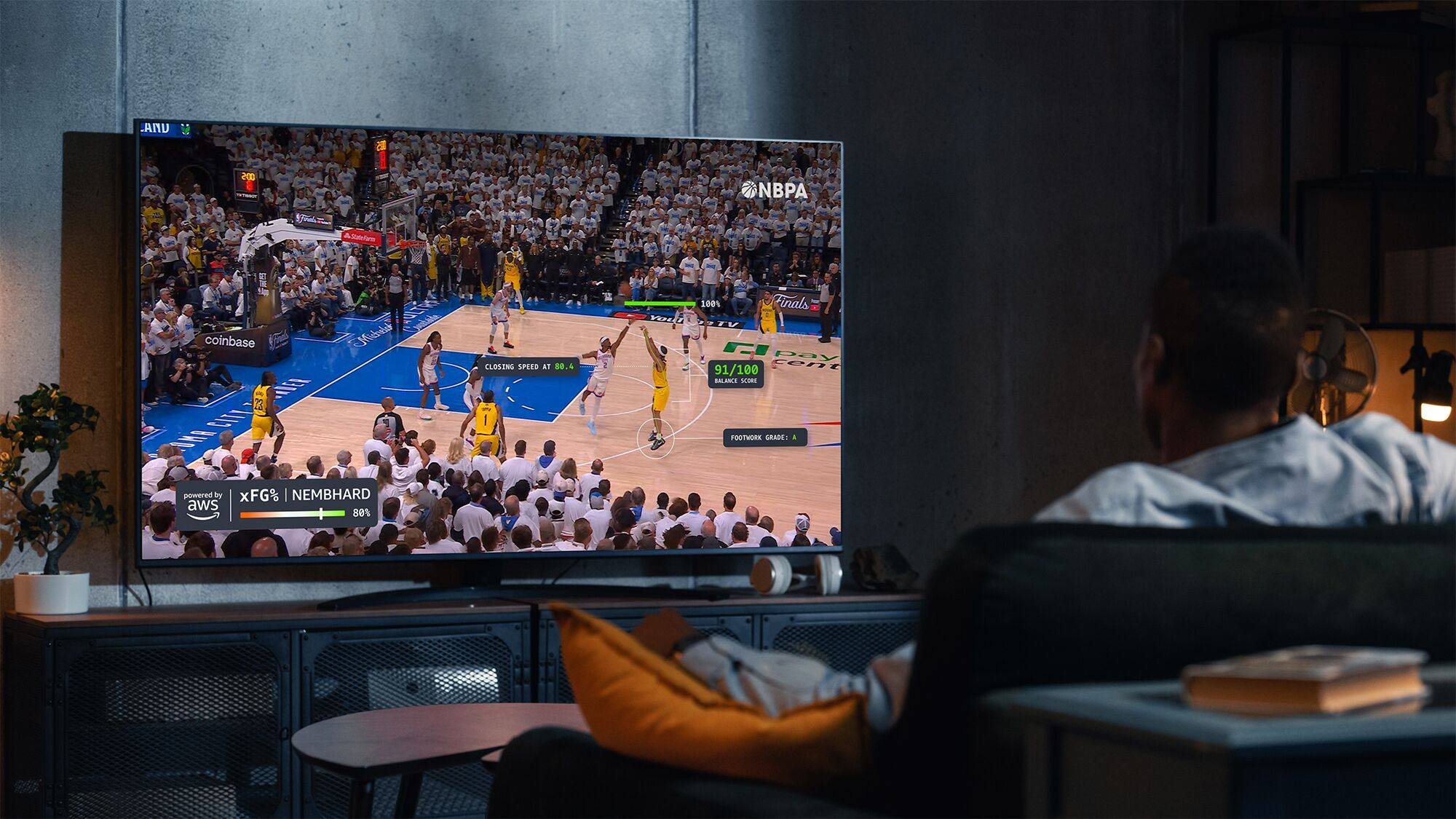Amazon just changed how we'll watch basketball. The company's new AI system tracks 29 body parts of every NBA player to generate stats that have never existed before - from shot difficulty to defensive pressure. The "NBA Inside the Game" platform launches this season with metrics like Expected Field Goal Percentage and something called "Gravity" that measures how players create space for teammates.
Amazon just dropped the most sophisticated sports analytics system ever built, and it's going to change how fans experience NBA games forever. The company's new "NBA Inside the Game" platform uses AI to track 29 different body parts on every player during live games, creating statistics that simply didn't exist before this season. The system launches alongside the 2025-26 NBA season, feeding real-time insights directly into live broadcasts and the NBA app. What makes this different from traditional box scores? Amazon Web Services is measuring things like shot difficulty, defensive pressure, and something they're calling "Gravity" - how individual players create advantageous space for their teammates just by existing on the court. The Expected Field Goal Percentage metric factors in shooter pose, defender positions, and court dynamics to predict shot success before the ball even leaves a player's hands. Another breakthrough is the Defensive Score Box, which breaks down traditional stats like rebounds and blocks by analyzing exactly what each defender contributed during specific plays. It's like having a basketball savant dissecting every movement in real-time. Amazon's timing isn't coincidental. The company already secured an 11-year, $11 billion media rights deal to stream 66 regular-season games annually on Prime Video, with the first game launching October 24th. This AI platform essentially weaponizes that investment, giving Amazon proprietary insights that traditional broadcasters can't match. The technology builds on AWS's existing partnership as the NBA's official cloud and AI partner, extending to the WNBA and other affiliate leagues. But Amazon isn't operating in a vacuum here. Sony's Hawk-Eye cameras already track plays across the NFL and MLB, while Wimbledon's adoption of Hawk-Eye line-calling sent shockwaves through tennis traditionalists. The difference is Amazon's AI approach - instead of just tracking ball movement, they're analyzing human biomechanics at unprecedented scale. The Play Finder tool adds another layer, letting fans search NBA footage at the individual play level. Think of it as Google for basketball moments, housed within the broader analytics platform. What Amazon isn't revealing is equally telling. The company won't specify which 29 body parts they're tracking or exactly how the measurement system works, suggesting either competitive sensitivity or technical complexity that goes beyond standard motion capture. This secrecy mirrors how tech companies typically guard their AI training methodologies. The rollout strategy shows Amazon's broader sports ambitions. By embedding these insights directly into live broadcasts rather than keeping them behind a paywall, they're essentially making every NBA game feel like a tech demo for AWS capabilities. It's enterprise software marketing disguised as fan engagement. Early reactions from the sports analytics community suggest this could trigger an arms race among tech giants trying to differentiate their sports partnerships. and both have significant cloud computing resources and existing sports partnerships, but Amazon appears to have secured first-mover advantage in comprehensive player tracking. The technical achievement here is remarkable - processing visual data from multiple camera angles, applying computer vision algorithms to identify and track specific body parts, then running predictive models in real-time during live games. That's the kind of computational challenge that showcases exactly why Amazon dominates cloud infrastructure. But there's also a privacy dimension that nobody's talking about yet. This level of biometric tracking raises questions about player data ownership and potential future applications. What happens when this technology can predict injuries before they occur? Do players get a cut of the insights generated from their movement data?












